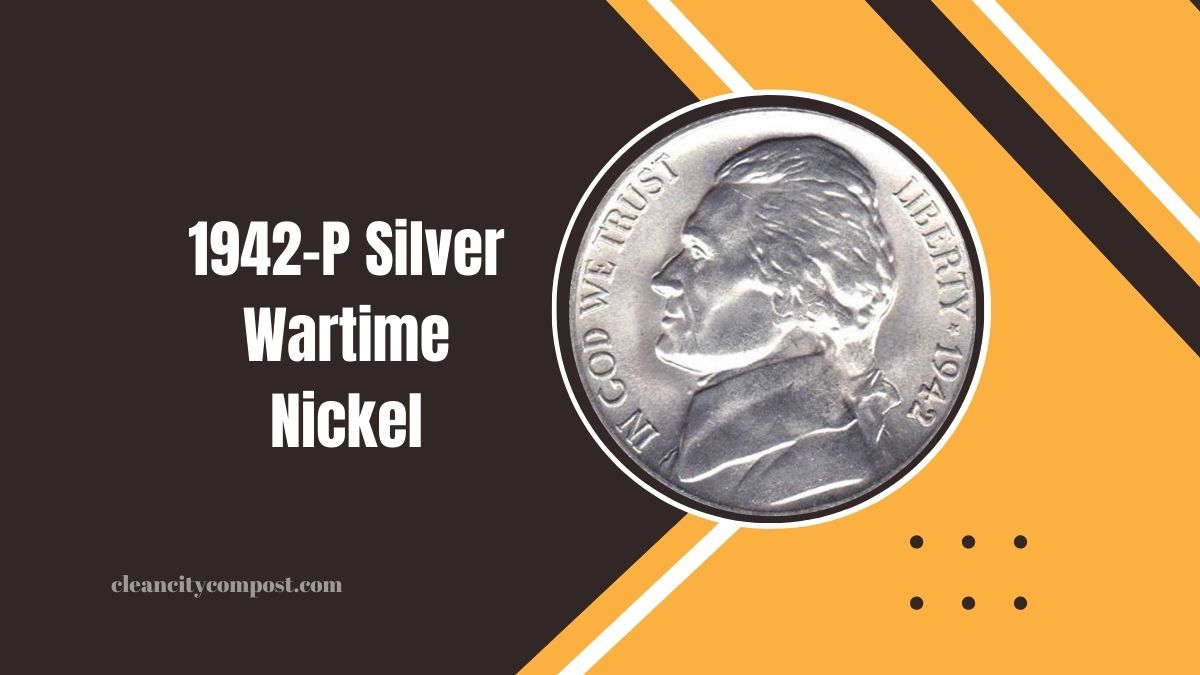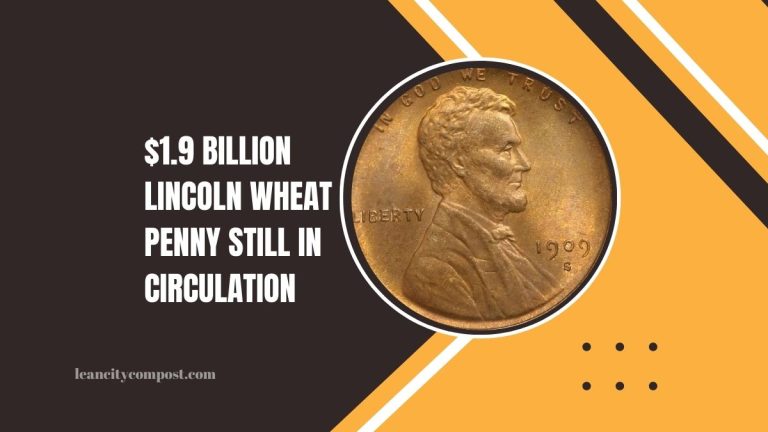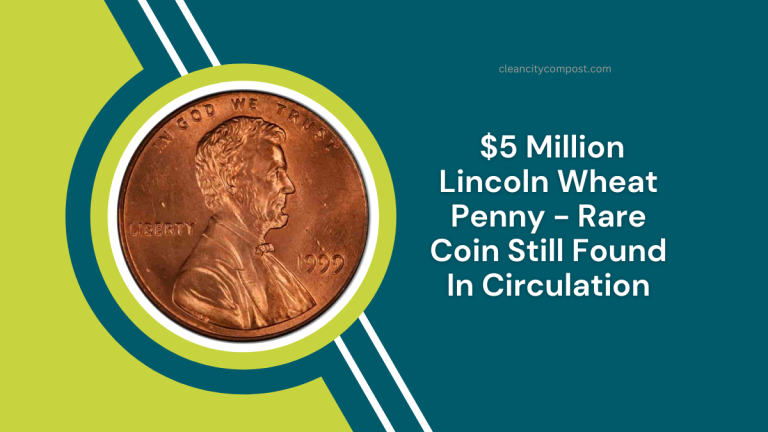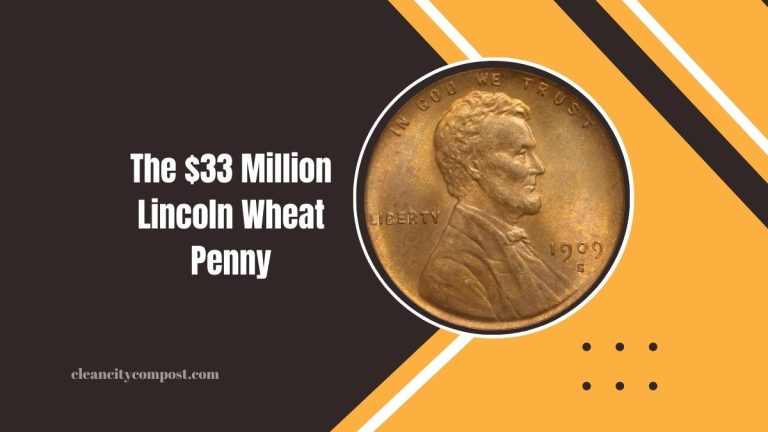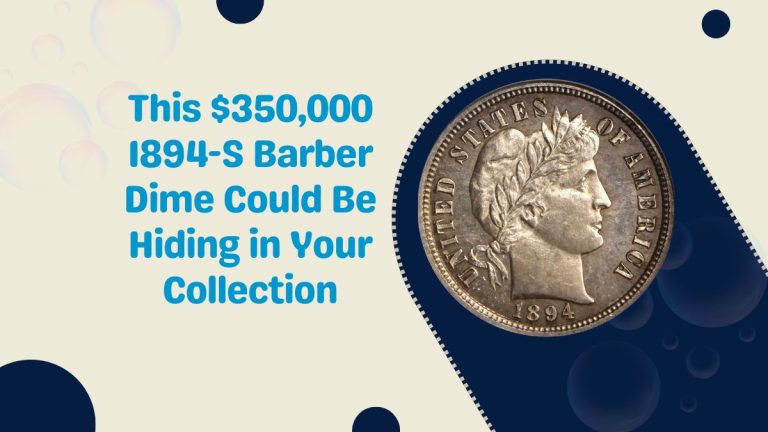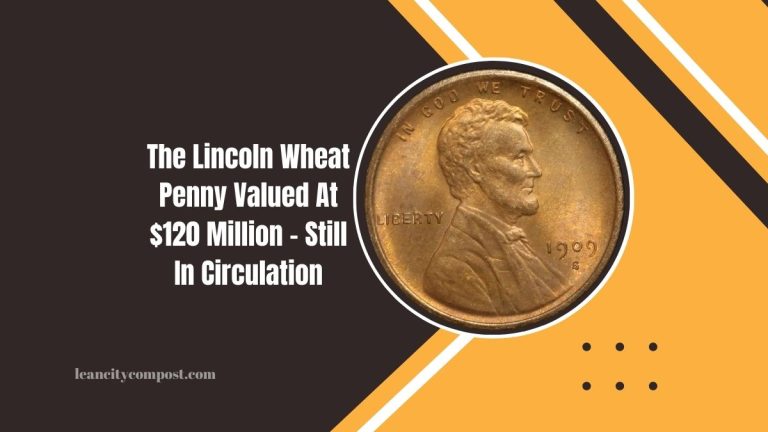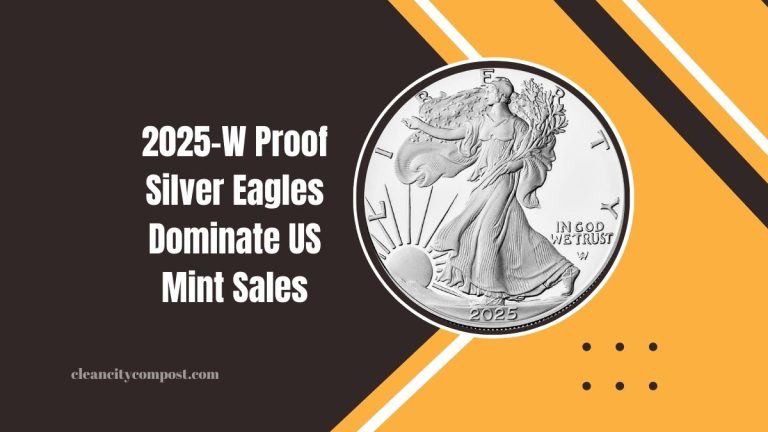1942-P Silver Wartime Nickel: Why It’s a Collector’s Favorite – Plus 6 More Valuable Coins
The 1942-P Silver Wartime Nickel holds a special place in numismatic history, not only for its unique composition but also for its connection to a pivotal era.
This coin, minted during World War II, has become a favorite among collectors. In this article, we’ll delve into the reasons behind its popularity and highlight six other valuable coins that enthusiasts should be aware of.
The 1942-P Silver Wartime Nickel: A Brief Overview
In 1942, as World War II intensified, the United States faced a shortage of nickel, a metal crucial for military production.
To conserve this resource, the U.S. Mint altered the composition of the five-cent coin. Starting in October 1942, nickels were minted using an alloy of 35% silver, 56% copper, and 9% manganese, resulting in the 1942-P Silver Wartime Nickel.
This change not only aided the war effort but also created a distinct variety of the Jefferson Nickel series.
Key Features of the 1942-P Silver Wartime Nickel
- Composition: 35% silver, 56% copper, 9% manganese
- Mint Mark: A prominent “P” above Monticello on the reverse side, marking the first use of the “P” mint mark for the Philadelphia Mint
- Mintage: Approximately 57,873,000 coins were produced
- Value: As of January 2025, the silver content alone is valued at around $1.72. However, depending on condition and rarity, these coins can fetch between $3 to over $80 among collectors.
Six More Valuable Coins to Watch For
Beyond the 1942-P Silver Wartime Nickel, several other coins have garnered attention for their rarity and value. Here’s a list of six notable coins:
| Coin | Year | Mint Mark | Notable Feature | Approximate Value (USD) |
|---|---|---|---|---|
| 1913 Liberty Head Nickel | 1913 | None | Only five known to exist | $3.7 million |
| 1943 Copper Penny | 1943 | None | Minted in copper instead of steel | $100,000+ |
| 1955 Doubled Die Penny | 1955 | None | Prominent doubling of the date and lettering | $1,000 – $25,000 |
| 1970-S Small Date Penny | 1970 | S | Low mintage and distinct date size | $500 – $3,000 |
| 1982 No Mint Mark Dime | 1982 | None | Missing mint mark error | $500 – $1,500 |
| 1999 Wide “AM” Penny | 1999 | None | Wide spacing between “A” and “M” in “AMERICA” | $100 – $600 |
Why Collectors Seek These Coins
Collectors are drawn to these coins due to a combination of rarity, historical significance, and unique features.
Errors like the 1955 Doubled Die Penny showcase intriguing minting anomalies, while coins like the 1913 Liberty Head Nickel captivate due to their extremely limited numbers. Such factors contribute to their high demand and escalating market values.
The world of coin collecting offers a treasure trove of history, art, and value. The 1942-P Silver Wartime Nickel exemplifies how historical events can influence coinage, leading to unique collectibles.
By staying informed and vigilant, collectors can discover and appreciate these valuable pieces of history.
FAQs
How can I identify a 1942-P Silver Wartime Nickel?
Look for the large “P” mint mark above Monticello on the reverse side. The coin will also have a distinct silver-gray appearance due to its silver content.
Are all 1942 nickels made of silver?
No, only those minted after October 1942 have the silver composition. Early 1942 nickels were made from the standard copper-nickel alloy.
What should I consider when collecting valuable coins?
Focus on factors like rarity, condition (grading), historical significance, and unique features or errors. It’s also essential to stay updated with current market trends and consult reputable sources or professionals when evaluating coins.

